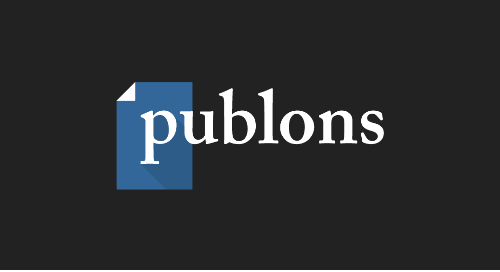wiley-s-transformational-agreements-a-summary
April 19, 2022
The number of open access articles and journals published by Wiley has grown exponentially over the last ten years. We are committed to an open access future and are supporting the ongoing transition to open access in a number of ways. One such way is through our negotiation of country-level agreements combining access (reading) and publishing on large scales. After first negotiating and signing deals in the Netherlands (VSNU) and Austria (KEMO), our position as a leading open access publisher was cemented by the landmark agreement with Projekt DEAL at the start of 2019. Transformational agreements with the UK (Jisc), Norway (Sikt, Hungary (EISZ), Sweden (Bibsam), and Finland (FinELib) quickly followed suit throughout 2019 and 2020.
2021 saw Wiley expand our transformational agreements outside of Europe, with our first partnership in North America with Iowa State University. More recently our partnerships extended to MALMAD (Israel), Carolina Consortium (USA), CAUL (Australia and NZ) and NST (Republic of Korea). For an introduction to transformational agreements for editors, see our recent article.
Wiley currently has 233 fully gold open access journal portfolios. Every one of Wiley’s transformational agreements, whether for hybrid or gold journals, includes read access, which allows researchers at participating institutions full access to content published within our entire portfolio of journals. See our "Where are Wiley's transformational agreements?" table for a full list of institutions and consortia that are covered in each of our transformational agreements, as well as those that have a Wiley Open Access Account set up and can help cover the Article Publication Charge in your journal.
The transformational agreements that we have in place at Wiley can be broadly categorized into two types of agreements:
1. Full and Immediate Transition: combined “publish and read” approach, as shown through the Wiley-Projekt DEAL agreement. The agreement covers researchers at participating institutions to publish uncapped numbers of articles, whether that is publishing open access in our subscription journals, or through publication in our gold open access journal portfolio. Researchers are also able to access all content (the read element) published by Wiley.
2. Stepped Transition: investment migrates from read to publish over the contract term, as is the case for Norway, Sweden, Finland, and the UK. These agreements also still allow for full access to the Wiley portfolio of journals. However, there is either a capped amount of revenue for the migration to open access each annum, or a capped number of articles that can be published open access – if these funds or article caps are exhausted due to increased uptake by authors, then open access article publication will cease for the remainder of that calendar year. The open access funds are then reset at the beginning of each new calendar year of the term, allowing open access publication to resume.
A third type of agreement can also be offered in the form of centralized open access funds. This is where institutions and consortia who are not in a position to have a full transformational agreement yet can instead provision funds towards open access publication through a Wiley Open Access Account. A Wiley open access account is a route to increasing the availability of open access, either through covering 100% of the Article Publication Charge, or via a discount.
See here for a full list of institutions and consortia that are covered in each of our transformational agreements, as well as those that have a Wiley Open Access Account set up and can help cover some, if not all, of the Article Publication Charge in your journal.
Please speak to your Wiley Journal Publishing Manager should you require more information on any or all of the transformational agreements we have in place at Wiley. Active negotiations are still happening, and when a new agreement is finalized our "Where are Wiley's transformational agreements?" table will be updated according to the respective consortium’s terms.









